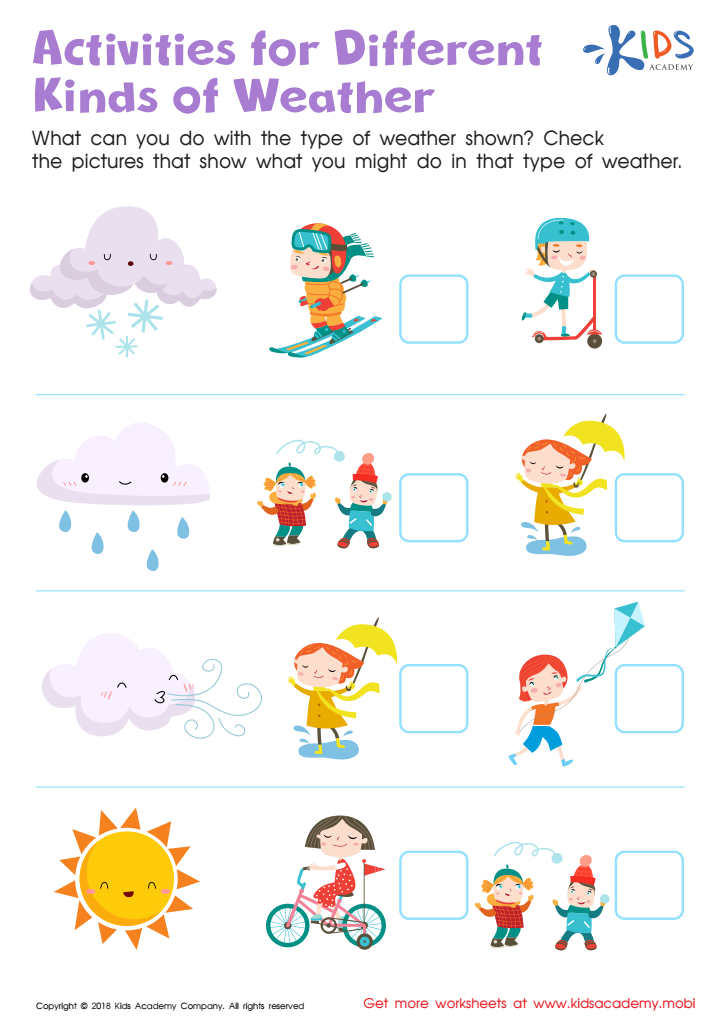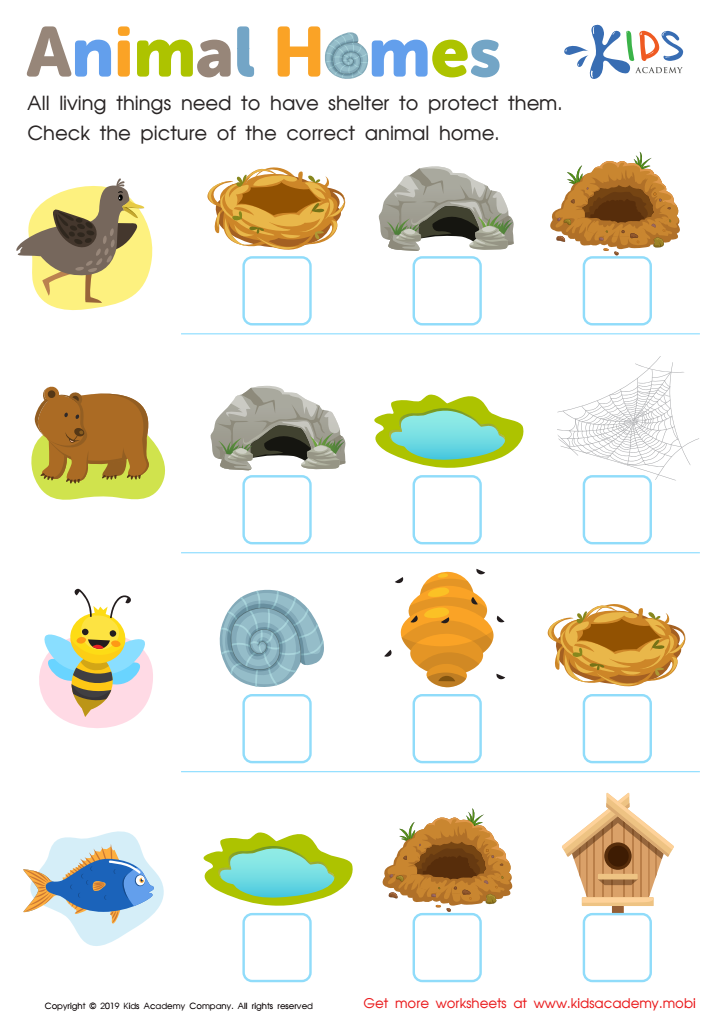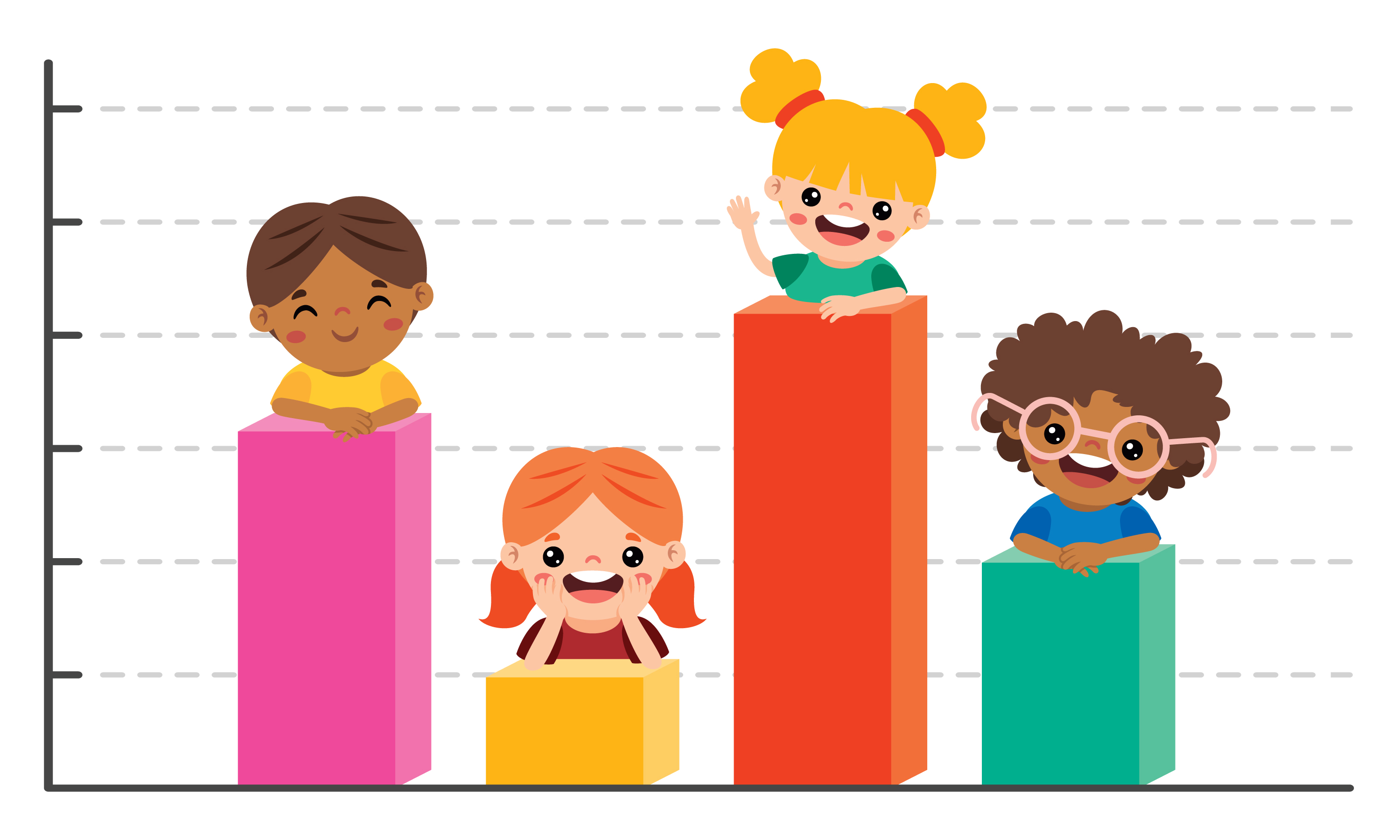Visual perception improvement Normal Science Worksheets for Ages 4-6
3 filtered results
-
From - To
Enhance your child’s visual perception with our Normal Science Worksheets designed for ages 4-6. These interactive, engaging exercises help young learners develop crucial skills like pattern recognition, spatial awareness, and visual memory—all essential for their early science education. Our carefully crafted worksheets provide fun, hands-on activities that make learning enjoyable and effective. Whether sorting objects by color, size, or shape, children will improve their ability to perceive and interpret visual information, laying a strong foundation for future academic success. Download today to give your child a head start in developing essential cognitive skills through playful exploration.


Activities for Different Kinds of Weather Worksheet


Animal Homes Worksheet


Siblings Quiz Worksheet
Visual perception improvement for children aged 4-6 is crucial as it fundamentally supports their cognitive, motor, and social development. First, visual perception enables children to accurately interpret and respond to the visual information around them, which is essential for reading and writing. Skills like recognizing letters and numbers, differentiating shapes, and understanding spatial relationships are all mediated through well-developed visual perception.
Secondly, enhancing visual perception lays a strong foundation for other learning processes. Activities that stimulate visual perception improve hand-eye coordination, fine motor skills, and attention to detail—attributes that are pivotal for success in academic settings. For instance, correctly placing puzzle pieces or cutting shapes with scissors requires a keen sense of visual spatial awareness combined with dexterity.
Furthermore, solid visual perceptual abilities influence children’s capacity to navigate their environments safely and interact more confidently with peers, boosting their social skills. Identifying facial expressions and understanding body language are crucial for effective social interaction.
Instituting programs or activities focused on visual perception improvement ensures that learning difficulties can be identified and addressed early on. Consequently, investing time in these programs provides children a comprehensive developmental advantage, preparing them not only for academic challenges but also for a harmonious social existence. Therefore, both parents and teachers play essential roles in fostering these skills during these formative years.
 Assign to My Students
Assign to My Students



















